I want to figure out how to build complex curved lines/polygons in R. We can easily draw a simple bezier line, e.g.
require(grid)
x <- c(0.25, 0.25, 0.75, 0.75)
y <- c(0.25, 0.75, 0.75, 0.25)
grid.newpage()
grid.bezier(x, y)

This method seems scale-constrained to 0-1 in both axes, and I'm not sure how to build beziers in a custom scale. I'm also unclear how R can bind these bezier objects together into polylines and ultimately polygons. If anyone can provide a minimal example I'd be very grateful. But alternatively a point in the right direction of documentation would greatly help, as I've not found a workflow so far. Thanks in advance.